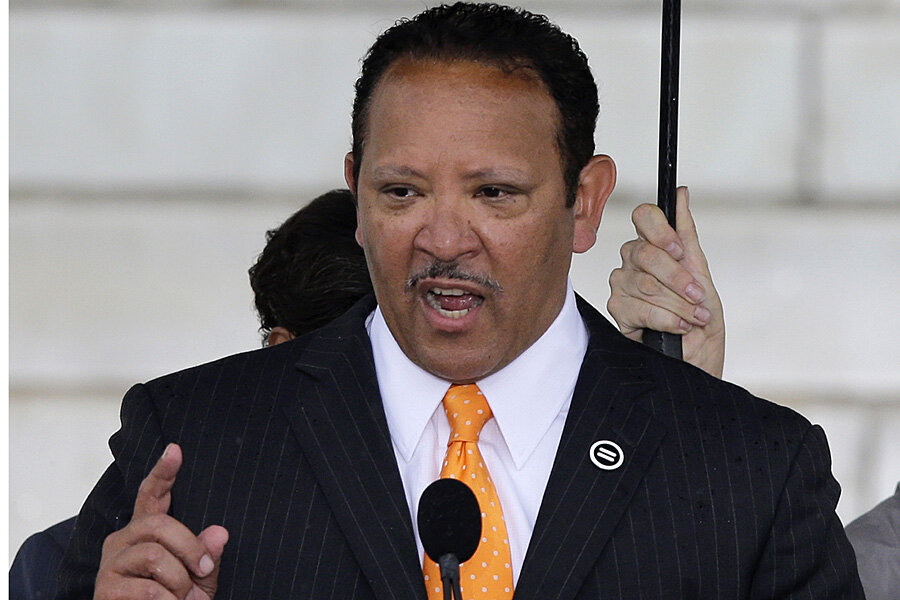For black Americans, progress comes in small increments
Loading...
The State of Black America report is out, and it appears that African-Americans are doing about the same as they have in previous years as the nation rises out of the Great Recession.
The annual study, for which the National Urban League conducts a detailed examination on how African-Americans and Hispanics are doing compared with their white counterparts, was first issued in 1976. The National Urban League has been tracking the progress made ever since.
Overall, things have stabilized for African-Americans since the report was first issued 40 years ago. However, the black community still lags behind in education, health, social justice, and civic engagement, showing just how incremental progress has been for African-Americans.
Since 1976, the life expectancy of African-Americans has increased from 68 to 75 today. And more African-Americans have graduated from college, 22 percent today compared with 6 percent in 1976, while 33 percent have graduated from high school compared with 28 percent in 1976.
But in the more recent term, progress has been minimal.
The equality index for African-Americans is currently at 72.2 percent, compared with last year's 72 percent. For Hispanics, it's 77.8 percent compared to 2015's 77.3 percent.
Education showed the most improvement in this year's report, with the index increasing from 76.1 percent in 2015 to 77.4 percent, while economics slightly increased from 55.5 percent in 2015 to 56.2 percent. Social justice went from 60.6 percent to 60.8 percent, a change which the league attributes to the notable decline in the number of African-Americans who are being incarcerated. The civic engagement index, went down from 104 percent to 100.6 percent, owing to the low voter registration, the league said. The health index, dropped slightly from 79.6 percent to 79.4 percent.
But despite the slight improvements, African-Americans are still lagging behind in all the areas, when compared with whites, Marc Morial, president of the National Urban League says.
"What struck me was that the poverty rate for whites and black remained almost where it was 40 years ago," Marc Morial, president of the National Urban League, told The Huffington Post. "It certainly demonstrates that for as much as the country's economy has grown since 1976, that prosperity hasn't been shared particularly with people at the bottom. That's what the numbers show, that economic growth over a 40-year period has benefited some but not all."
The California's Riverside-San Bernardino-Ontario metroplex ranked the best for blacks in income equality when compared with the white population for the second year in a row. African-Americans make 76 cents to every dollar whites make in those cities, the highest ratio in the nation. And for Latinos, Honolulu ranked the best in income equality: Hispanics make 80 cents for every dollar that whites make in the city.
In Washington, D.C., and its suburbs, where all the groups make the highest median household income, blacks make $66,151, while Hispanics make $66,523, compared with whites who make $109,460.
One path Forward, Mr. Morial suggests, is for the government to rebuild the nation's urban communities, a plan he dubbed "Main Street Marshall Plan." He has called for a $1 trillion commitment over the next five years, in several programs including, universal early childhood education, homeownership strategies, high-speed broadband and technology, and a $15 per hour federal living wage indexed to inflation.
This report contains materials from the Associated Press.






